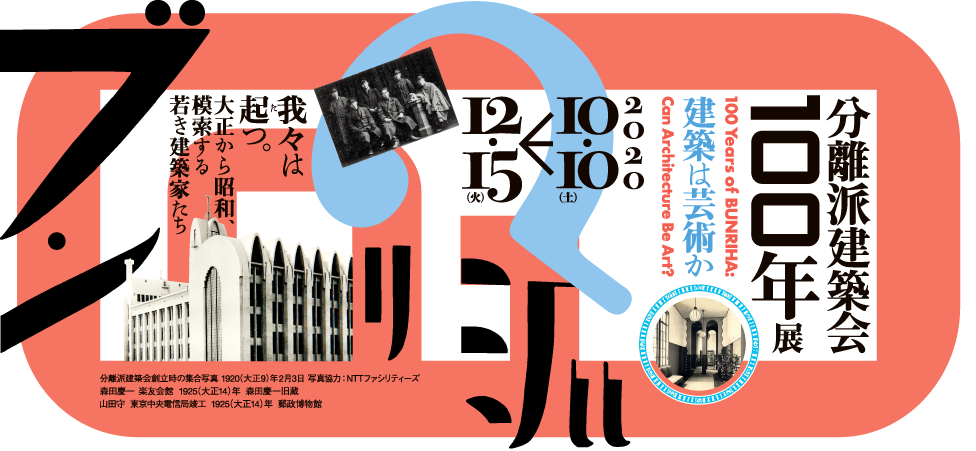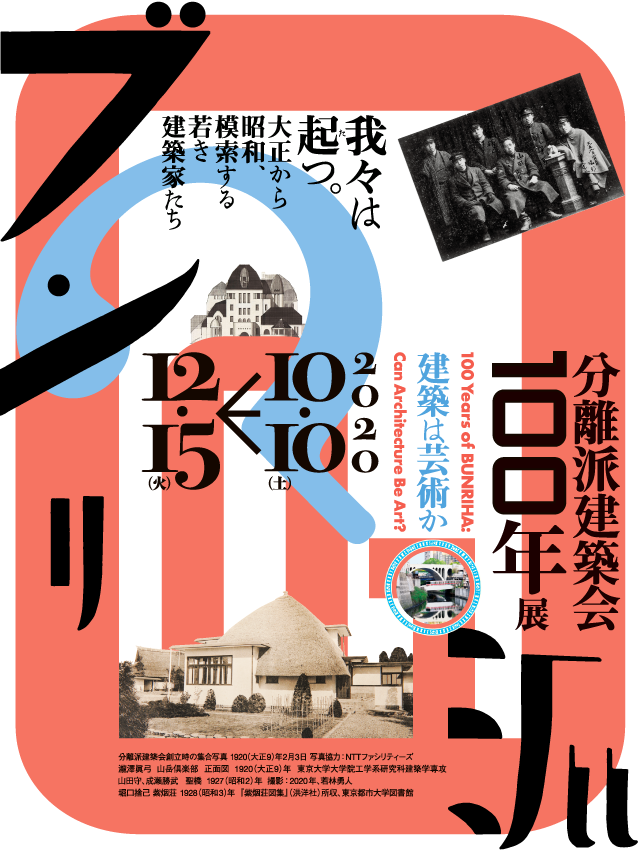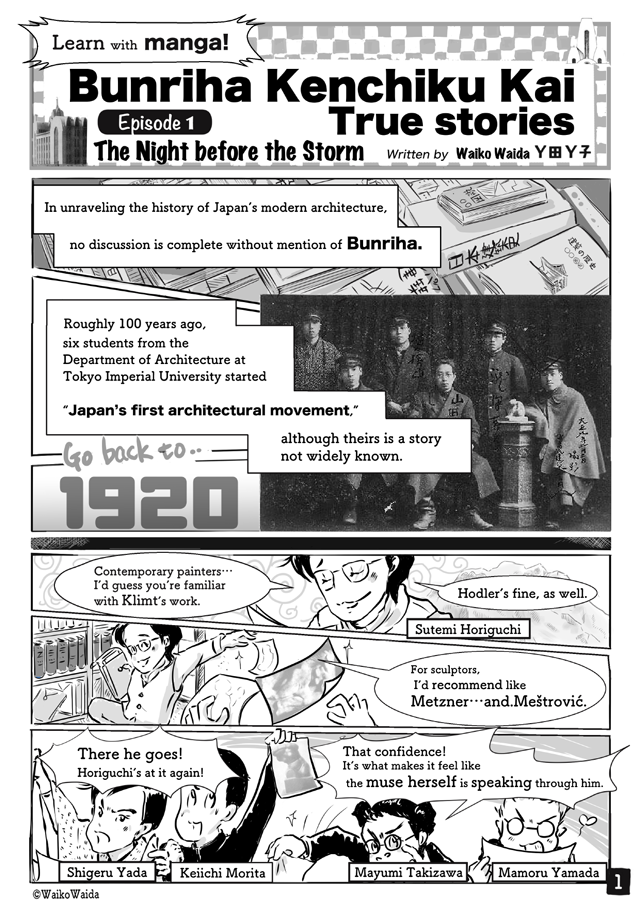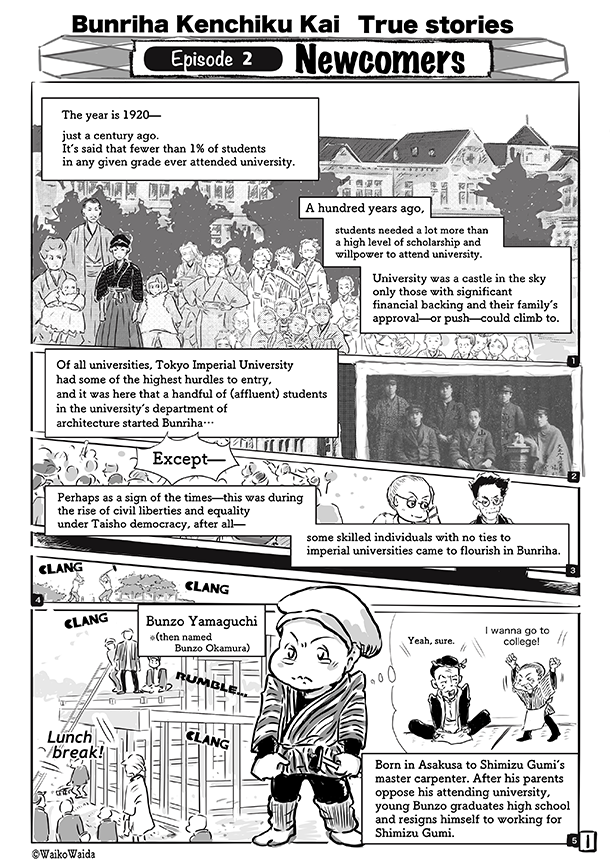100 Years of BUNRIHA: Can Architecture Be Art?


General Information
- Dates
- October 10 Saturday - December 14 Tuesday, 2020
- Hours
- 10 a.m. – 6 p.m. (Admittance until 5:30 p.m.)
* Open until 8 p.m. (Admittance until 7:30 p.m.) on Nov. 7 and Dec. 4.
【Notice】
We will limit the number of visitors in the exhibition room as measures to prevent the spread of COVID-19(Coronavirus Disease 2019). After reaching the limit, we will issue a numbered ticket and specify the admission time. Please note that you may not be able to enter if we issue all the numbered tickets on the same day.
- Closed
- Wednesdays
- Admission
- Adults: ¥800
Visitors aged 65 or over carrying proof of age: ¥700
Students (College): ¥600
Students (High / Middle school): ¥400
Admission is free for children in primary school and younger.
Admission is free for disability passbook holders and up to one accompanying adult.
- Organizers
- Panasonic Shiodome Museum of Art, Asahi Shimbun
- Supports
- Architectural Institute of Japan, The Japan Institute of Architects, DOCOMOMO Japan, Society of Architectural Historians of Japan, Minato City Board of Education
- Sponsors
- ISHIMOTO ARCHITECTURAL & ENGINEERING FIRM, INC., RESEARCH INSTITUTE OF ARCHITECTURE CO., LTD., YAMADA ARCHITECTS & ENGINEERS INC.
- Cooperation
- Society for Digital Heritage
- Academic support
- 100 Years of Bunriha Study Group
- Exhibition design
- Kimuramatsumoto architects office
Exhibition overview
New stars swept over the Japanese architectural world: the Bunriha, the first architectural movement in Japan. In 1920, classmates of the Department of Architecture of Tokyo Imperial University, Kikuji Ishimoto, Mayumi Takizawa, Sutemi Horiguchi, Keiichi Morita, Shigeru Yada, and Mamoru Yamada formed the group before their graduation. With Shuichiro Ouchi, Chikatada Kurata, and Bunzo Yamaguchi later joining, the group was active in exhibiting and publishing their works until 1928.
The year 2020 marks 100 years since its formation. Following the trajectory of the young architects, the exhibition includes related artworks along with drawings, models, photographs, and videos. The exhibition reveals the role the group played in history by examining the “art” in architecture they pursued. The exhibition casts new light to reveal the role the group played in the history of contemporary Japanese architecture.
* Some parts of the exhibition will be changed during this period. The exhibition is divided into two versions: first, October 10 – November 10; second, November 12 – December 15.
Learn with manga! Bunriha Kenchiku Kai True Stories.
Read the manga illustrating the encounters and exploits of the members of Bunriha.
- Created by manga essayist Y-ko Y-da (Waiko Waida).
- Granddaughter (eldest daughter of the fourth son) of Mamoru Yamada, a founding member of Bunriha. She transforms into art the collected interviews and materials about her grandfather, who died before she was born.







